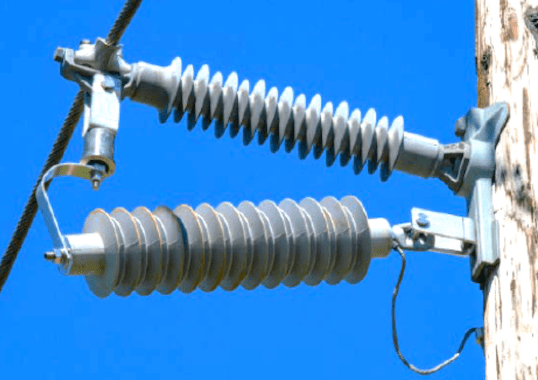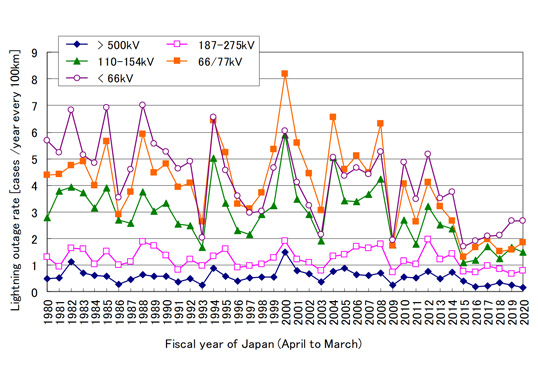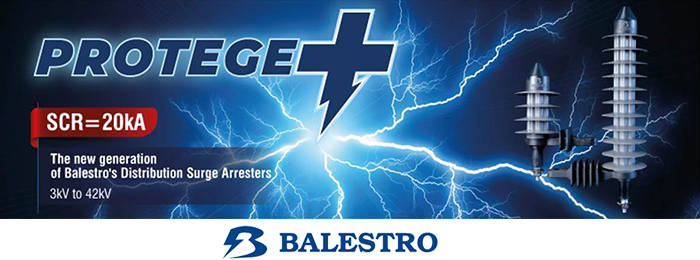Arrester Installations on ATC System: What Was Done Right & Further Improvements by Bryan Beske.
ATC, the first for profit, multi-state, transmission only utility in the United States, owns and operates the transmission system in portions of Wisconsin, Michigan, Minnesota and Illinois, with primary voltages of 69 kV, 138 kV and 345 kV. The network was originally the transmission systems of many local utilities that had different standards. This resulted in a variety of different configurations on the system, some of which involved installation of transmission line surge arresters (TLSAs). In August 2017, a site review was performed with the goal of documenting and providing feedback on the many different types of arrester installations on ATC’s 69 kV and 138 kV systems. In preparation, a records search was carried out to establish where on the system arresters were installed along with their configurations. A representative sample of 25 installations on 12 lines were then selected and reviewed. These installations ranged from ‘one-offs’ and special designs to legacy structures to installations that conform to present standards. While some gapped arrester installations were documented, gapless arresters are the primary type installed. This presentation details findings of a field review of TLSA installations on the ATC system performed by the Electric Power Research Institute and reviews the important lessons learned. The field review included visual inspection of the different installations along with recommendations for improvements where deemed necessary.









